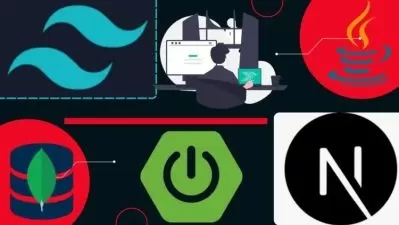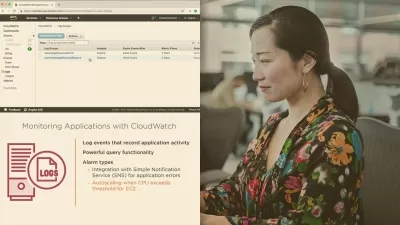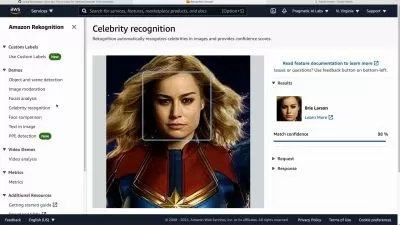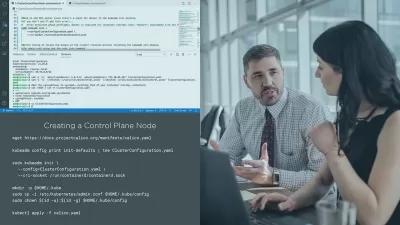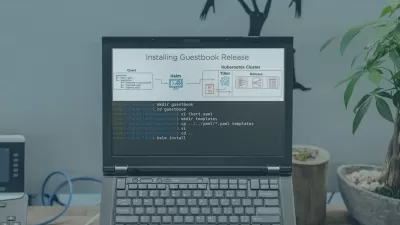Java Spring Boot Microservices on Kubernetes on AWS Cloud
Klas Bandholtz
20:32:46
Description
Continuous Integration, Delivery and Deployment (CI/CD), using Git & GitHub, of Microservices on Kubernetes on AWS Cloud
What You'll Learn?
- You will learn how to create Microservices with Spring Boot and Java that are run as Docker containers.
- You will learn how to use Git and GitHub to create Continuous Integration (CI) and delivery (CD) with Docker and Docker Hub.
- You will learn how to process REST request and use Spring Framework’s processing to serialize, deserialize and process JSON structures.
- You will learn how to create Docker images and run images as Docker containers as well as deploy images on minikube.
- You will learn basic commands for Docker and Kubernetes and also to create and use a Postgres database.
- You will learn how to create Cloud Servers or Instances and deploy applications on Kubernetes. You will also learn how to install Kubernetes.
Who is this for?
What You Need to Know?
More details
DescriptionYou will learn how to create Java Spring Boot applications that are managed and run as Microservices. You will learn how to use Git, GitHub, Docker and Docker Hub to setup Continuous Integration and Delivery (CI/CD). You will also learn how to deploy applications on both minikube and Kubernetes installed on Cloud servers. You will also learn how to process REST request and use Spring Framework to serialize, deserialize and process JSON structures. You will learn how to use Docker to create and run images which you will then deploy on Kubernetes. You will learn how to create AWS servers (instances) in the Cloud and install Kubernetes to create your own cluster.
In bullets:
Handling of REST applications in Java Spring Boot with Postman as a REST client
Basics of Spring Data JPA (Java Persistent API)
Basics of Microservices and communication between services in Spring and in Docker containers
Basics of handling Docker images, containers and registries
Git repositories and configuration of workflows for Continuous Integration (CI) and Delivery (CD) with GitHub and Docker Hub
Basics of AWS EC2 instances (Servers) in the Cloud
Basics of Kubernetes on AWS Cloud servers and application deployment
Introduces different parts that could be used to find a specific part to dig deeper into as for example Spring, GitHub CI/CD, Docker or Kubernetes.
What this course is not about:
The course does not go deep into all aspects of CI/CD but instead deals with the fundamental parts of the process to create, integrate, deploy and call a Spring application.
The course does not create production ready applications or systems but is a very good introduction to the process of developing, integrating and deploying applications with Git, GitHub, Docker, DokerHub and Kubernetes in a Cloud environment.
What the organizations say about their own products:
Java –
“The world’s most popular modern development platform, Java SE is the programming language of choice for enterprise applications.†(java - Oracle)
Spring Boot and REST services –
“Spring’s focus on speed, simplicity, and productivity has made it the world's most popular Java framework†(why-spring - Spring)
“REST has quickly become the de-facto standard for building web services on the web because they’re easy to build and easy to consume†(rest - Spring)
Microservices with JPA –
“Microservice architectures are the ‘new normal’. Building small, self-contained, ready to run applications can bring great flexibility and added resilience to your code.†(microservices - Spring)
CI/CD with GitHub & Git –
“Automate, customize, and execute your software development workflows right in your repository with GitHub Actions. You can discover, create, and share actions to perform any job you'd like, including CI/CD, and combine actions in a completely customized workflow.†(actions - GitHub)
Docker and minikube
“The Industry-Leading Container Runtime
Docker Engine powers millions of applications worldwide, providing a standardized packaging format for diverse applications.†(container-runtime - Docker)
“minikube quickly sets up a local Kubernetes cluster on macOS, Linux, and Windows†(minikube)
Kubernetes on AWS Cloud Services
“Kubernetes, also known as K8s, is an open-source system for automating deployment, scaling, and management of containerized applications.†(kubernetes)
“Designed on the same principles that allow Google to run billions of containers a week, Kubernetes can scale without increasing your operations team.†(kubernetes)
“Cloud computing is the on-demand delivery of IT resources over the Internet with pay-as-you-go pricing. Instead of buying, owning, and maintaining physical data centers and servers, you can access technology services, such as computing power, storage, and databases, on an as-needed basis from a cloud provider like Amazon Web Services (AWS).†(what-is-cloud-computing - Amazon)
Who this course is for:
- For anyone that want to learn Microservices with Java Spring Boot.
- For anyone that want to learn Continuous Integration (CI) and Delivery (CD) with GitHub and Docker Hub.
- For anyone that want to learn Spring data JPA.
- For anyone that want to learn the basics of JSON handling and REST services.
- For anyone that want to learn the fundamentals of Git, Repositories and GitHub Workflows.
- For anyone that want to learn how to create Docker images and deploy on minikube and Kubernetes.
- For anyone that want to learn how to create Cloud Servers and install Kubernetes.
You will learn how to create Java Spring Boot applications that are managed and run as Microservices. You will learn how to use Git, GitHub, Docker and Docker Hub to setup Continuous Integration and Delivery (CI/CD). You will also learn how to deploy applications on both minikube and Kubernetes installed on Cloud servers. You will also learn how to process REST request and use Spring Framework to serialize, deserialize and process JSON structures. You will learn how to use Docker to create and run images which you will then deploy on Kubernetes. You will learn how to create AWS servers (instances) in the Cloud and install Kubernetes to create your own cluster.
In bullets:
Handling of REST applications in Java Spring Boot with Postman as a REST client
Basics of Spring Data JPA (Java Persistent API)
Basics of Microservices and communication between services in Spring and in Docker containers
Basics of handling Docker images, containers and registries
Git repositories and configuration of workflows for Continuous Integration (CI) and Delivery (CD) with GitHub and Docker Hub
Basics of AWS EC2 instances (Servers) in the Cloud
Basics of Kubernetes on AWS Cloud servers and application deployment
Introduces different parts that could be used to find a specific part to dig deeper into as for example Spring, GitHub CI/CD, Docker or Kubernetes.
What this course is not about:
The course does not go deep into all aspects of CI/CD but instead deals with the fundamental parts of the process to create, integrate, deploy and call a Spring application.
The course does not create production ready applications or systems but is a very good introduction to the process of developing, integrating and deploying applications with Git, GitHub, Docker, DokerHub and Kubernetes in a Cloud environment.
What the organizations say about their own products:
Java –
“The world’s most popular modern development platform, Java SE is the programming language of choice for enterprise applications.†(java - Oracle)
Spring Boot and REST services –
“Spring’s focus on speed, simplicity, and productivity has made it the world's most popular Java framework†(why-spring - Spring)
“REST has quickly become the de-facto standard for building web services on the web because they’re easy to build and easy to consume†(rest - Spring)
Microservices with JPA –
“Microservice architectures are the ‘new normal’. Building small, self-contained, ready to run applications can bring great flexibility and added resilience to your code.†(microservices - Spring)
CI/CD with GitHub & Git –
“Automate, customize, and execute your software development workflows right in your repository with GitHub Actions. You can discover, create, and share actions to perform any job you'd like, including CI/CD, and combine actions in a completely customized workflow.†(actions - GitHub)
Docker and minikube
“The Industry-Leading Container Runtime
Docker Engine powers millions of applications worldwide, providing a standardized packaging format for diverse applications.†(container-runtime - Docker)
“minikube quickly sets up a local Kubernetes cluster on macOS, Linux, and Windows†(minikube)
Kubernetes on AWS Cloud Services
“Kubernetes, also known as K8s, is an open-source system for automating deployment, scaling, and management of containerized applications.†(kubernetes)
“Designed on the same principles that allow Google to run billions of containers a week, Kubernetes can scale without increasing your operations team.†(kubernetes)
“Cloud computing is the on-demand delivery of IT resources over the Internet with pay-as-you-go pricing. Instead of buying, owning, and maintaining physical data centers and servers, you can access technology services, such as computing power, storage, and databases, on an as-needed basis from a cloud provider like Amazon Web Services (AWS).†(what-is-cloud-computing - Amazon)
Who this course is for:
- For anyone that want to learn Microservices with Java Spring Boot.
- For anyone that want to learn Continuous Integration (CI) and Delivery (CD) with GitHub and Docker Hub.
- For anyone that want to learn Spring data JPA.
- For anyone that want to learn the basics of JSON handling and REST services.
- For anyone that want to learn the fundamentals of Git, Repositories and GitHub Workflows.
- For anyone that want to learn how to create Docker images and deploy on minikube and Kubernetes.
- For anyone that want to learn how to create Cloud Servers and install Kubernetes.
User Reviews
Rating
Klas Bandholtz
Instructor's Courses
Udemy
View courses Udemy- language english
- Training sessions 45
- duration 20:32:46
- Release Date 2023/06/12






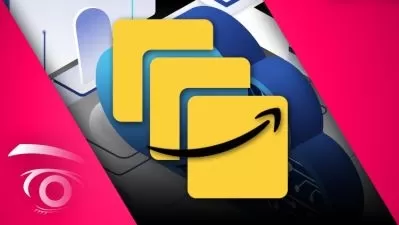

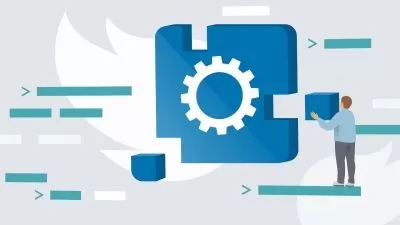



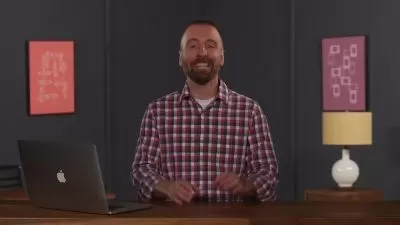

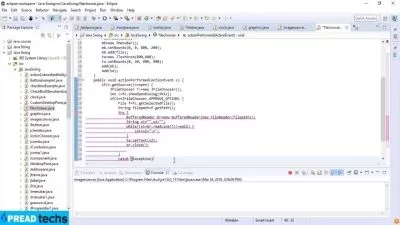
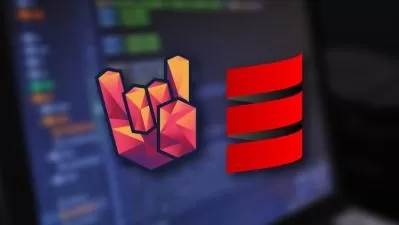

![[NEW] Learn Spring Boot 3, JDBC, JPA, MySQL, MongoDB, Kafka](https://traininghub.ir/image/course_pic/40550-x225.webp)


